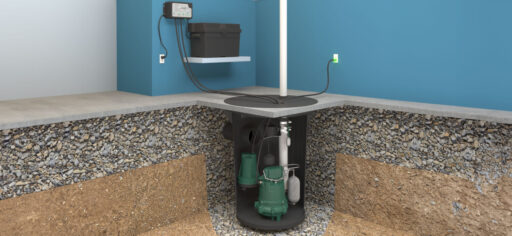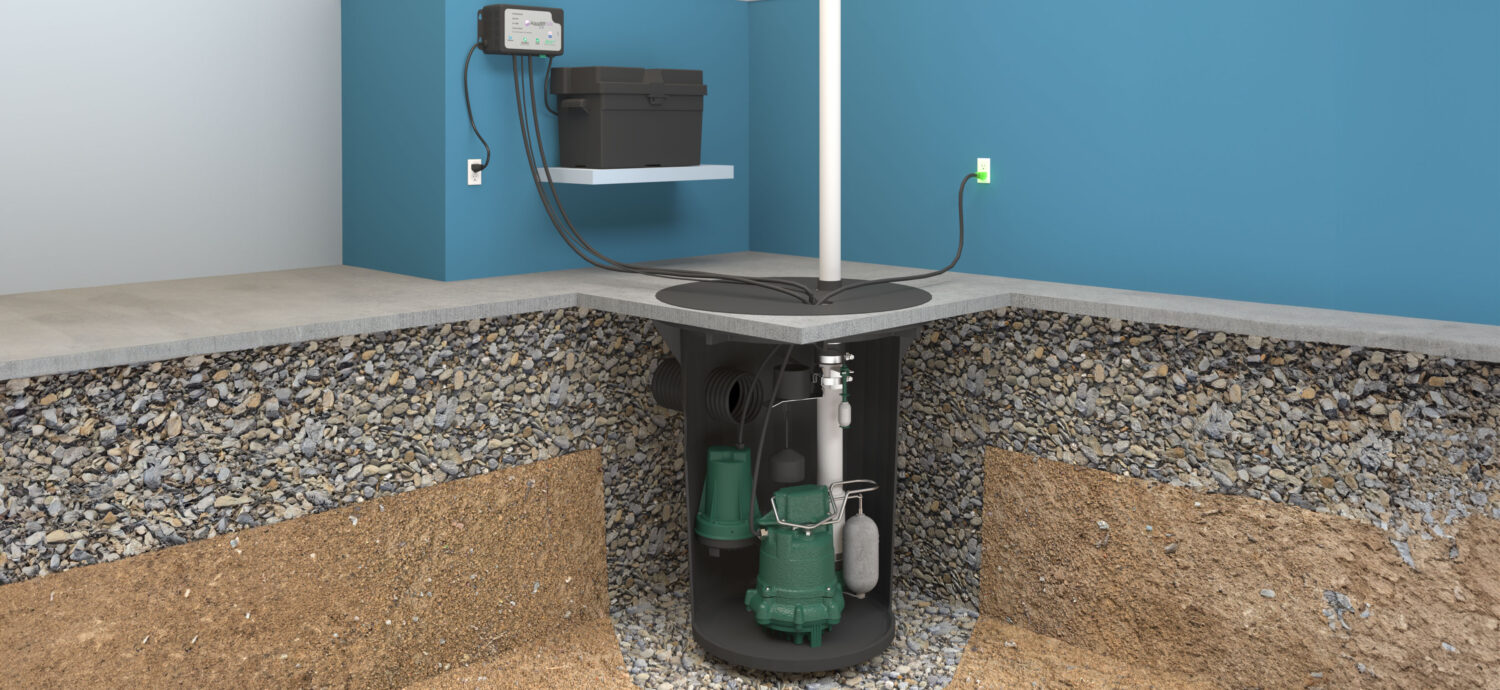Converting basements and cellars into living space has become increasingly popular in recent years. But for them to be usable, it’s important that they stay dry throughout the year. In most cases this means installing sump pumps.
Many basements use a system that allows water to drain into a basin or sump. A sump pump, as its name suggests, is used to remove this water safely to outside the property. But all sump pumps are not the same: there are various different types, and it’s important to choose the right one for your needs.
Types of pumps
There are two main types of sump pump. Pedestal pumps are designed so that there’s an impeller at the base to draw the water up, but the top part of the pump body is designed to stand clear of the water. Submersible pumps, on the other hand, are designed to operate completely underwater. These are generally quieter in operation and more efficient than pedestal pumps.
A third type of sump pump you may encounter is the effluent pump. These are designed to remove wastewater from sinks, dishwashers, washing machines, showers and so on. They can handle solids up to half an inch in diameter and should be clearly marked “effluent pump”.
Selecting a sump pump
If you’re replacing a pump, a good place to start is by looking at the old installation. The size of the sump and the diameter of the discharge pipe will determine the size of pump you need. A look at the existing pump will give you useful information too, as there will be a spec label telling you the horsepower. Unless your pump is struggling to cope, there’s usually no reason to move up to a more powerful model.
If you have a pedestal pump, then this may be a good time to think about switching to a submersible version. Not only are these quieter and more efficient, as we said above, but they are longer-lasting and make for a neater installation as they’re totally contained within the sump.
The next thing to consider is the float switch type. Again, there are two types. Tethered switch types need a minimum sump diameter of 14 inches. As water enters the sump, the switch floats up at an angle to activate the switch. The other type is the vertical switch pump – these can be used in smaller 10-inch diameter sumps. With this type, the float to activate the switch moves straight up to turn on the pump.
To protect your home from the risk of flooding, it may be worth having a back-up system. These are run from a battery so that in the event of mains power failure the water from the sump still gets pumped out. A back-up pump also helps protect against heavy rain that could overwhelm your normal system.
Choose a good-quality sump pump from us and ensure a long life make sure it’s backed by a manufacturer’s warranty.





